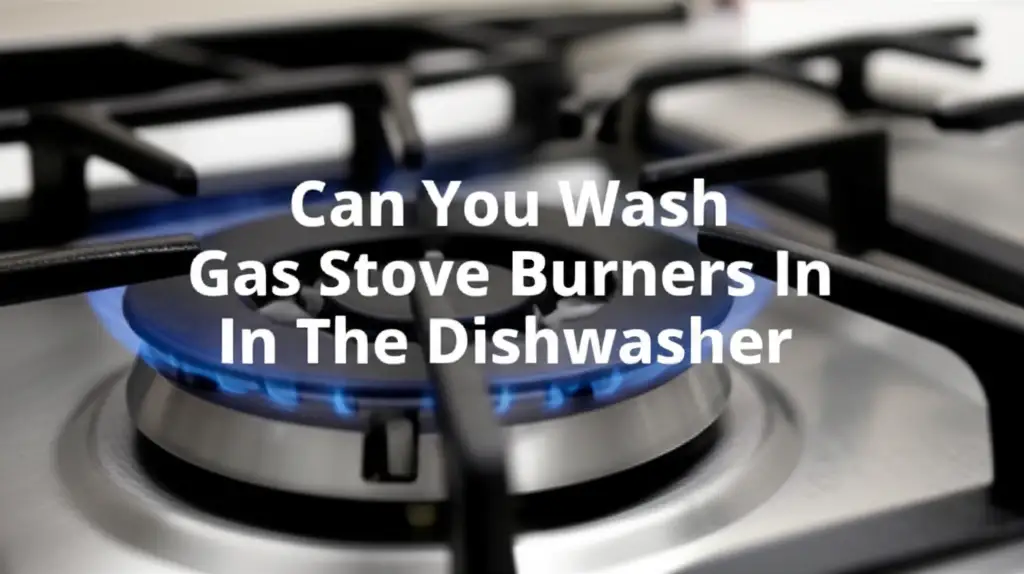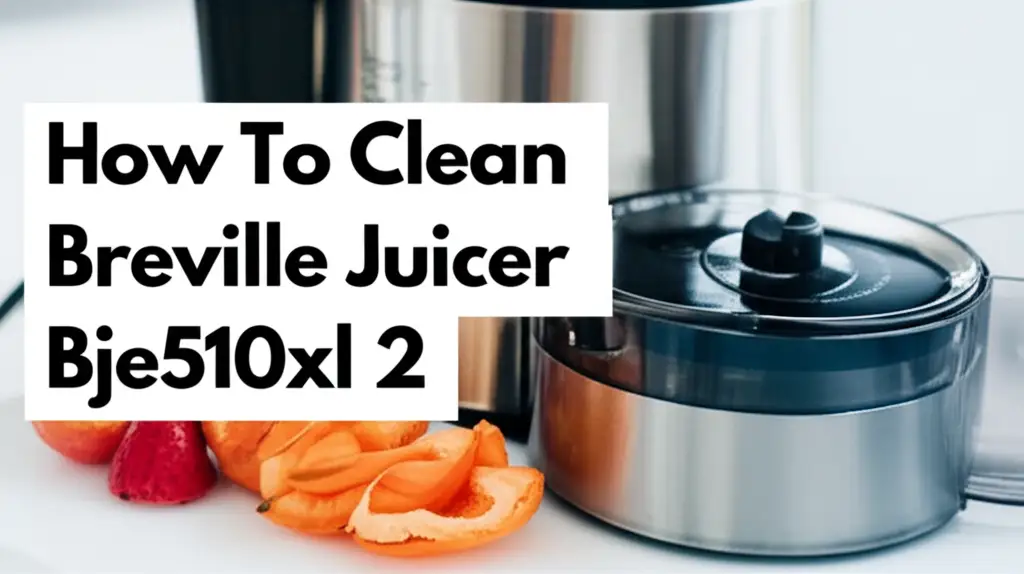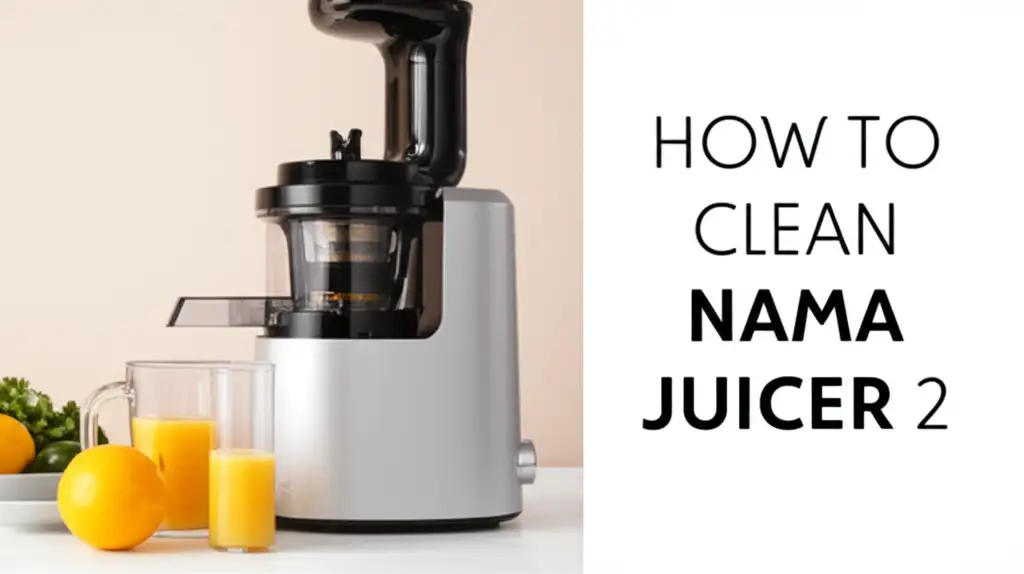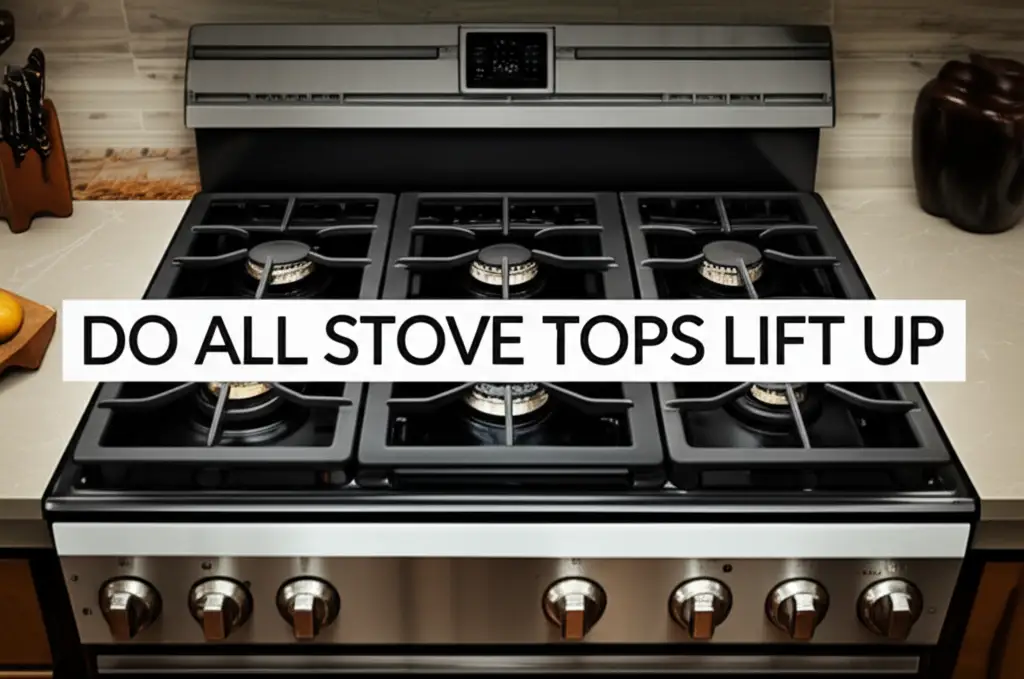· Elira Thomsen · Kitchen Maintenance · 14 min read
How To Clean Gas Stove Burner Nozzle
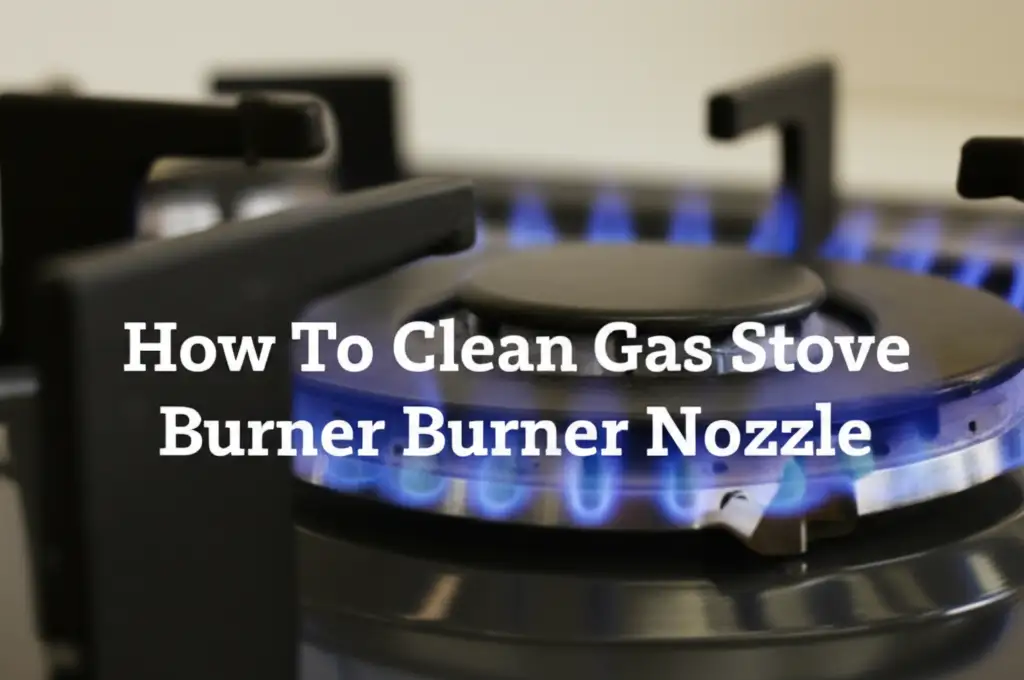
Restore Your Flame: How To Clean Gas Stove Burner Nozzle
Have you noticed your gas stove flame getting weaker? Does it look orange or uneven? A dirty burner nozzle is often the cause. This small part is vital for a strong, consistent flame. Keeping it clean ensures your stove works its best.
I know how frustrating a slow-heating pan can be. Cleaning your gas stove burner nozzle helps bring back full cooking power. It also makes your stove safer. This article will guide you through the process. We will cover safety, tools, and step-by-step cleaning methods. Get ready to enjoy efficient cooking again with a perfectly clean burner nozzle.
Takeaway
- Prioritize Safety: Always turn off gas supply and let the stove cool before starting.
- Use Proper Tools: A small wire, needle, or compressed air can clear blockages.
- Clean Regularly: Prevent buildup by wiping spills and cleaning burners often.
- Inspect Flame: A blue, even flame shows a clean and efficient burner nozzle.
Clear Answer to the Main Query
To clean a gas stove burner nozzle, first turn off the gas and let the stove cool. Remove grates and burner caps. Use a thin wire or needle to clear the small opening of the gas nozzle. You can also use compressed air or a mixture of vinegar and baking soda for stubborn buildup. Reassemble once dry.
Understanding Your Gas Stove Burner Nozzle
Your gas stove uses small parts to create fire. The burner nozzle is one of these crucial components. It is a tiny opening where gas comes out. The gas then mixes with air to create a flame.
Over time, this tiny opening can get dirty. Food spills, grease, and dust collect around it. This buildup can block the gas flow. A blocked nozzle means a weak flame. It can also cause an uneven or yellow flame. This makes cooking harder and less efficient.
Knowing how the burner nozzle works helps you clean it better. The gas comes from a line under your stove. It goes through a valve and then into the nozzle. From the nozzle, gas sprays out. The gas ignites when you turn the knob. A clear nozzle ensures a steady gas stream.
Keeping the nozzle clean improves your stove’s performance. It helps your food cook evenly. It also uses less gas because the flame is efficient. Ignoring a dirty nozzle can lead to bigger problems. It might even be a fire hazard. Cleaning it is a simple but important task for any home cook. You want your stove to work perfectly every time you use it.
Safety Precautions and Tools for Cleaning Gas Stove Nozzles
Before you start cleaning your gas stove burner nozzle, safety is very important. Gas stoves use flammable gas. You must take precautions to avoid accidents. Always make sure the stove is cool to the touch. Hot surfaces can cause burns. Give your stove plenty of time to cool down after cooking.
First, turn off the gas supply to your stove. You can usually find a shut-off valve behind or under the stove. If you cannot find it, turn off the main gas supply to your house. This step is critical to prevent gas leaks. Do not skip this part of the preparation. This simple step keeps you and your home safe.
Next, gather all the tools you will need. Having everything ready saves time. It also makes the cleaning process smoother. You do not want to stop in the middle to look for a tool. Here is a list of common items that work well:
- Small, thin wire or needle: A paperclip, sewing needle, or a specialized burner cleaning tool works.
- Old toothbrush or small brush: Useful for scrubbing away loose debris.
- Soft cloth or sponge: For wiping surfaces.
- Dish soap: Good for general cleaning of burner parts.
- White vinegar: A natural cleaner for grease and grime.
- Baking soda: Helps break down stubborn stains.
- Gloves: Protect your hands from cleaners and dirt.
- Flashlight: To see inside tight spaces.
You may also want a small bowl for soaking parts. Some parts of your stove, like burner grates, can often be cleaned in the dishwasher for convenience. For more details on cleaning general stove components, you might find this guide on can Samsung gas stove grates go in dishwasher helpful. Having the right tools makes the job easier and more effective. Be sure to work in a well-lit area. Good lighting helps you see the small nozzle opening.
Step-by-Step Guide: How To Clean Gas Stove Burner Nozzle Effectively
Cleaning your gas stove burner nozzle is a straightforward process. Follow these steps carefully to ensure a thorough and safe cleaning. Remember to have your safety precautions complete and your tools ready. This process will help restore your stove’s flame.
Remove Stove Parts: First, take off all burner grates. These are the metal supports over the burners. Then, remove the burner caps and burner heads. These are the black or silver discs and rings that sit on top of the burner base. Each burner comes apart into these pieces. Lay them out on a towel or newspaper to keep your work area clean.
Locate the Nozzle: With the burner head removed, you will see the gas nozzle. It is a small metal tube or opening sticking up from the stove top. The nozzle has a very small hole in the center. This is the part that often gets clogged. Use a flashlight if you need better visibility. The hole is tiny, so look closely.
Clear the Nozzle Hole: This is the main cleaning step for the nozzle. Take your thin wire or needle. Carefully insert the tip into the small hole of the gas nozzle. Gently move it in and out. Do not force it too much. The goal is to dislodge any food particles or grease that are blocking the hole. You might see small bits of debris come out. This action helps clear the path for gas flow. Think of it like clearing a tiny drain.
Clean Other Burner Parts: While the nozzle is being cleared, clean the removed burner caps and heads. You can wash these parts in warm, soapy water. Use an old toothbrush or scrub brush to remove cooked-on food and grease. For stubborn grime, make a paste of baking soda and a little water. Apply it to the dirty parts. Let it sit for 15-20 minutes. Then scrub and rinse thoroughly. Ensure all soap residue is gone. These parts also need to be clean for proper gas flow and flame spread.
Dry All Parts Completely: This step is crucial. All burner components, especially the caps and heads, must be completely dry before you put them back. Water can interfere with gas ignition. It can also cause rust. Use a clean towel to dry everything. You can also let them air dry for a few hours. Make sure no water remains in any crevices.
Reassemble the Burners: Once everything is dry, carefully place the burner heads back onto their bases. Make sure they sit flat and are properly aligned. Then put the burner caps on top. They usually fit only one way. Finally, place the burner grates back into position. Double-check that all parts are stable and correctly installed. Similar principles apply when you clean other gas components, like those in a grill. You can find more useful tips on how to clean gas grill venturi tubes. This ensures that the gas can flow freely and safely.
After reassembly, turn the gas supply back on. Test each burner to ensure a strong, blue flame. A clean nozzle makes a big difference. You will notice improved performance right away. This simple process can revive your stove.
Dealing with Persistent Clogs and Advanced Cleaning Tips
Sometimes, a simple wire poke is not enough. Gas stove burner nozzles can develop stubborn clogs. These deep blockages might need more aggressive cleaning methods. Do not give up if your flame is still weak. There are other ways to tackle tough grime.
One effective method involves soaking. After removing the burner heads and caps, you can soak them in a strong degreasing solution. A mixture of hot water and dish soap works well. For very greasy parts, add a cup of white vinegar to the hot water. Let the parts soak for at least 30 minutes, or even a few hours. The hot water and cleaning agents help loosen stuck-on food and grease. This makes scrubbing much easier.
For the nozzle itself, if the wire does not fully clear it, try compressed air. A can of compressed air, like those used for electronics, can blast out debris. Point the nozzle of the air can directly into the tiny hole. Give it a few short bursts. This can push out particles that are deeper inside. Be careful not to inhale the air. Always use compressed air in a well-ventilated area.
Another advanced trick uses baking soda and vinegar. After cleaning as much as you can, create a thick paste of baking soda and a little water. Apply this paste directly onto the burner nozzle. Let it sit for about 15-20 minutes. The baking soda helps break down tough grime. Then, use an eyedropper to apply a few drops of white vinegar onto the paste. It will fizz. This reaction helps dislodge more dirt. Gently scrub with your wire or a small brush afterward. Rinse and dry thoroughly.
Sometimes, the issue is not just the nozzle, but the gas tube leading to it. These tubes, called venturi tubes, mix gas and air. If these are dirty, they can affect flame quality too. You may need to remove the entire burner assembly to access them. This is a more involved step. If you are unsure, consider calling a professional. They have special tools and knowledge for deeper cleaning. Always be careful when handling gas components. A clean nozzle means a safer and more efficient stove.
Regular Maintenance for Optimal Gas Stove Performance
Cleaning your gas stove burner nozzle is not a one-time job. Regular maintenance keeps your stove running smoothly. It also prevents clogs from forming in the first place. A few simple habits can extend the life of your stove. They also ensure you always have a strong, blue flame for cooking.
After each use, wipe down your stove top. Spills and splatters are the main culprits for nozzle clogs. If you wipe them immediately, they do not harden. Use a damp cloth with a little dish soap. This prevents food particles from reaching the burner and nozzle. A clean stove top also makes your kitchen look tidy. It is a quick habit that pays off.
Deep clean your burner components regularly. This means taking off the grates, caps, and heads. Wash them with soap and water. Aim for this type of clean every few months. How often depends on how much you cook. If you cook daily, you might do this every month. If you cook less, every three to four months could be enough. This routine helps clear minor buildup before it becomes a major blockage.
Inspect your flames often. A healthy gas stove flame is blue and steady. If you see orange or yellow flames, or if the flame is weak, it is a sign. It means your burner nozzle or other parts need cleaning. Do not wait until the flame almost disappears. Early detection makes cleaning easier. I check my flames every week. This quick check saves me from bigger problems later.
Consider using a stove top protector. These are mats that sit under your grates. They catch spills and make cleanup easier. You just remove the mat and wash it. This keeps the area around your burner nozzles cleaner. It is a good way to add an extra layer of protection.
Keeping your stove clean is part of keeping your home safe. It also saves you money on gas bills. An efficient flame uses less gas. Proper care of your gas stove means you can enjoy cooking for many years. It is an investment in your kitchen.
Common Issues and When to Seek Professional Help
Even after cleaning your gas stove burner nozzle, you might face issues. Sometimes, the problem goes beyond simple dirt. It is important to know when to try more cleaning and when to call an expert. Recognizing these signs helps you avoid bigger problems.
A common issue is a flame that is still weak or uneven. If you have thoroughly cleaned the nozzle, the problem might be deeper. It could be an issue with the gas regulator. This part controls the gas pressure. Or, it could be a blockage further down the gas line. These issues require professional help. Do not attempt to fix gas lines yourself. It can be dangerous.
Another problem is a persistent yellow or orange flame. A yellow flame means incomplete combustion. This can produce carbon monoxide. Carbon monoxide is a colorless, odorless gas. It is very dangerous. If your flame stays yellow after cleaning the nozzle, turn off the stove. Call a gas service professional immediately. This is a serious safety concern.
If you smell gas when the stove is off, this is an emergency. Turn off your gas supply and open windows. Evacuate your home. Then call your gas company or emergency services. A gas leak is not something to ignore or try to fix alone. Even if it is a faint smell, it needs immediate attention.
Burner igniters might also stop working. If you hear the clicking sound but the flame does not light, the igniter might be dirty or broken. Sometimes, cleaning the igniter with a dry toothbrush helps. However, if it remains unresponsive, it may need replacement. A professional appliance repair technician can replace faulty igniters.
Sometimes, the burner itself might be worn out. Over many years, the metal can warp or corrode. This affects how gas flows and mixes with air. If a burner head is damaged, cleaning will not fix it. It needs replacement. A technician can tell you if a burner part needs replacing. They can order the correct parts for your stove model.
My rule is simple: if it involves gas lines, smells of gas, or seems beyond a basic clean, call a pro. Your safety is worth it. They have the training and tools to diagnose complex issues. Trust your instinct when it comes to stove problems.
Frequently Asked Questions
How often should I clean the gas stove burner nozzle?
You should deep clean your gas stove burner nozzle every 3-6 months. This depends on how often you cook. If you use your stove daily, clean it more frequently. A quick wipe-down of spills after each use helps prevent buildup. Inspect your flame regularly for any changes.
Can I use water to clean the burner nozzle directly?
No, do not use water directly inside the tiny nozzle opening. Water can cause rust and interfere with gas flow. You can use water with soap or vinegar for the removable burner caps and heads. For the nozzle itself, use a dry wire, needle, or compressed air. Always ensure all parts are completely dry before reassembly.
What if my flame is still weak after cleaning the nozzle?
If your flame is still weak after cleaning the nozzle, the issue might be deeper. It could be a partially clogged gas line, a faulty gas regulator, or a problem with the venturi tubes. In these cases, it is best to consult a professional appliance technician. Do not attempt to repair gas lines yourself.
Is it safe to clean the burner nozzle myself?
Yes, cleaning the burner nozzle yourself is safe, provided you follow safety steps. Always turn off the gas supply to the stove before you start. Make sure the stove is cool. Use proper tools and avoid forcing anything. If you are unsure at any point, do not hesitate to call a professional.
What causes gas stove burner nozzles to clog?
Gas stove burner nozzles clog primarily due to food spills, grease splatter, and dust buildup. Over time, these particles accumulate in the tiny opening. This blocks the free flow of gas. This leads to weak, uneven, or discolored flames. Regular cleaning helps prevent these blockages.
Conclusion
A clean gas stove burner nozzle is essential for efficient and safe cooking. You now have the knowledge and steps needed to tackle this task. Remember, preventing clogs through regular cleaning saves you time and effort. It also ensures your stove works at its best. Taking these simple steps will help maintain your appliance.
I encourage you to set a reminder for regular stove maintenance. By following the cleaning guide and safety tips, you can restore your stove’s powerful flame. A clean nozzle means less gas waste and better cooking results. If you notice persistent issues, remember when to call a professional. Take action today to clean your gas stove burner nozzle and enjoy perfect meals.


